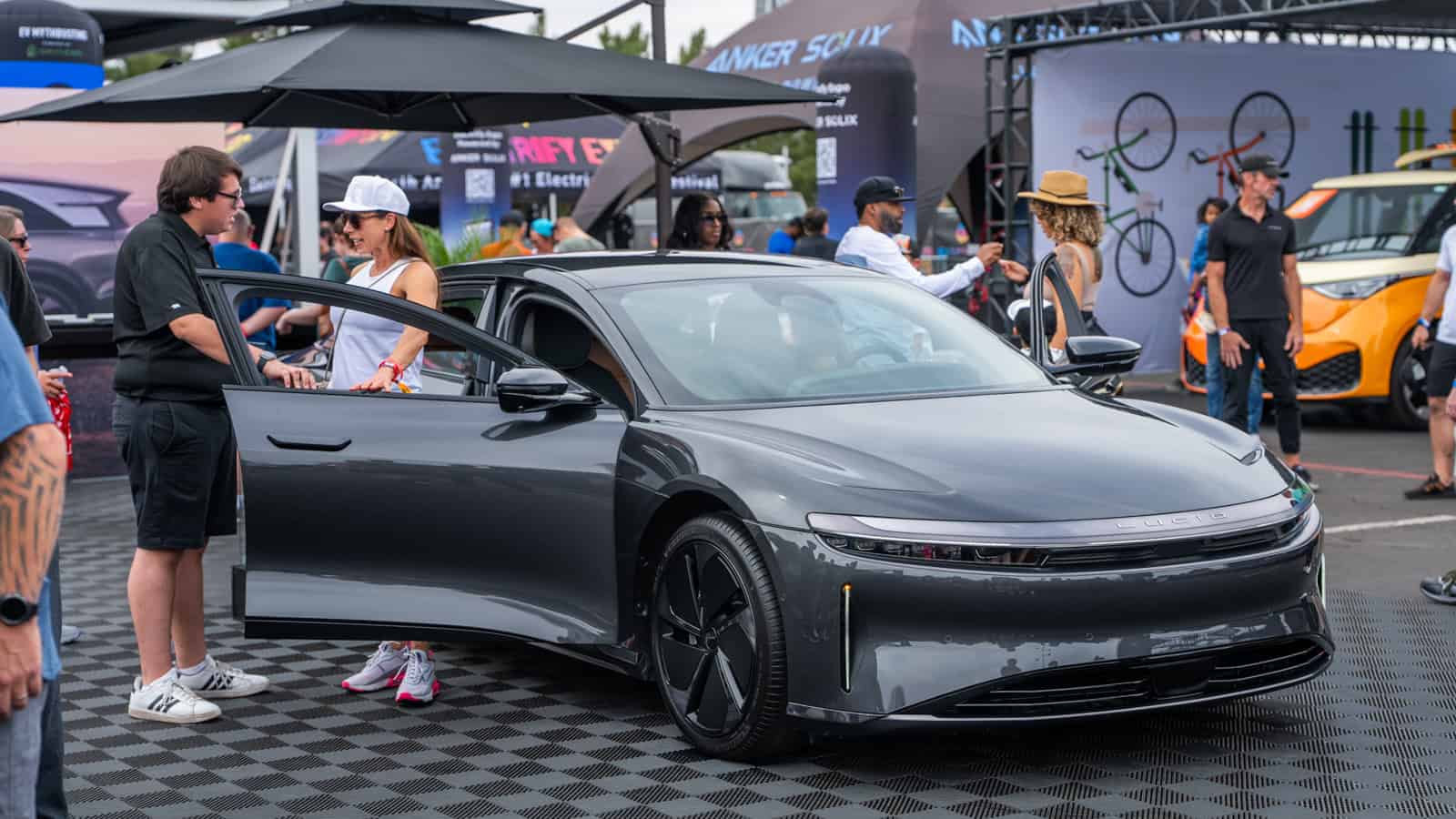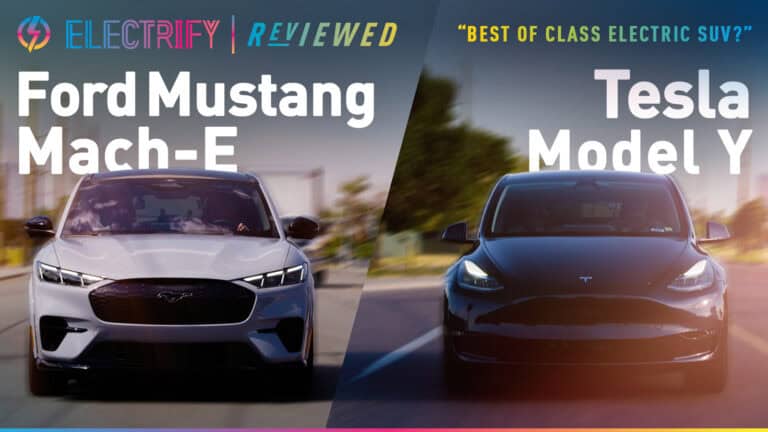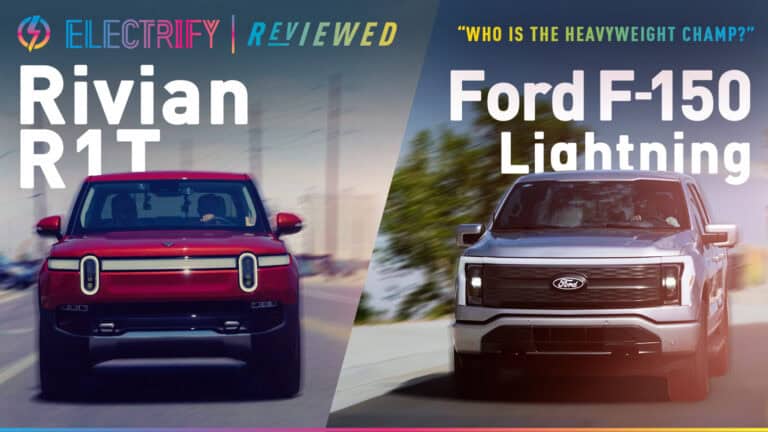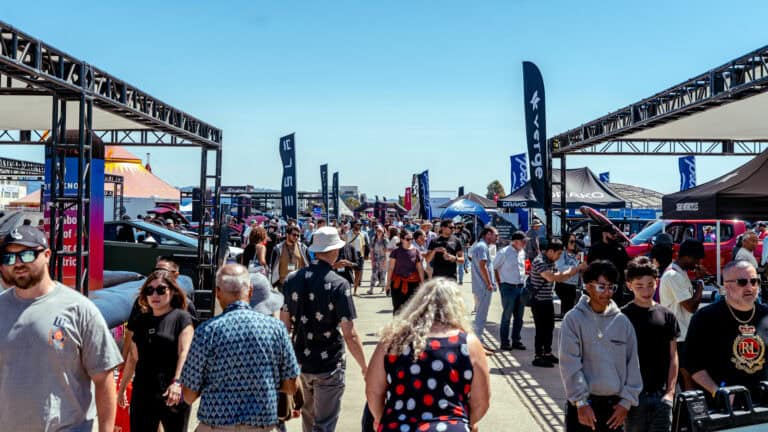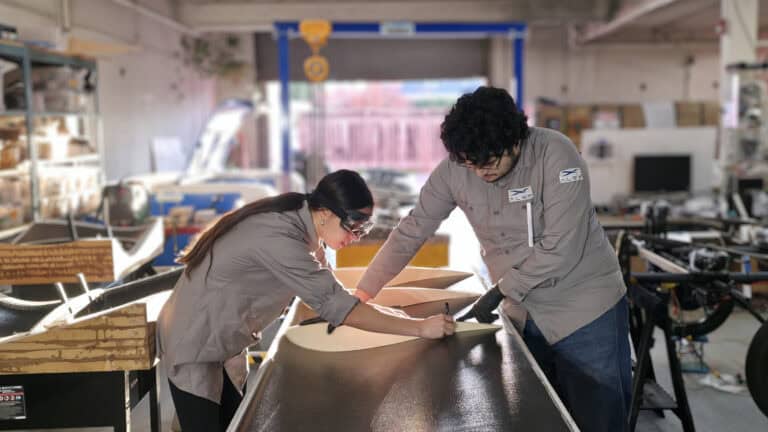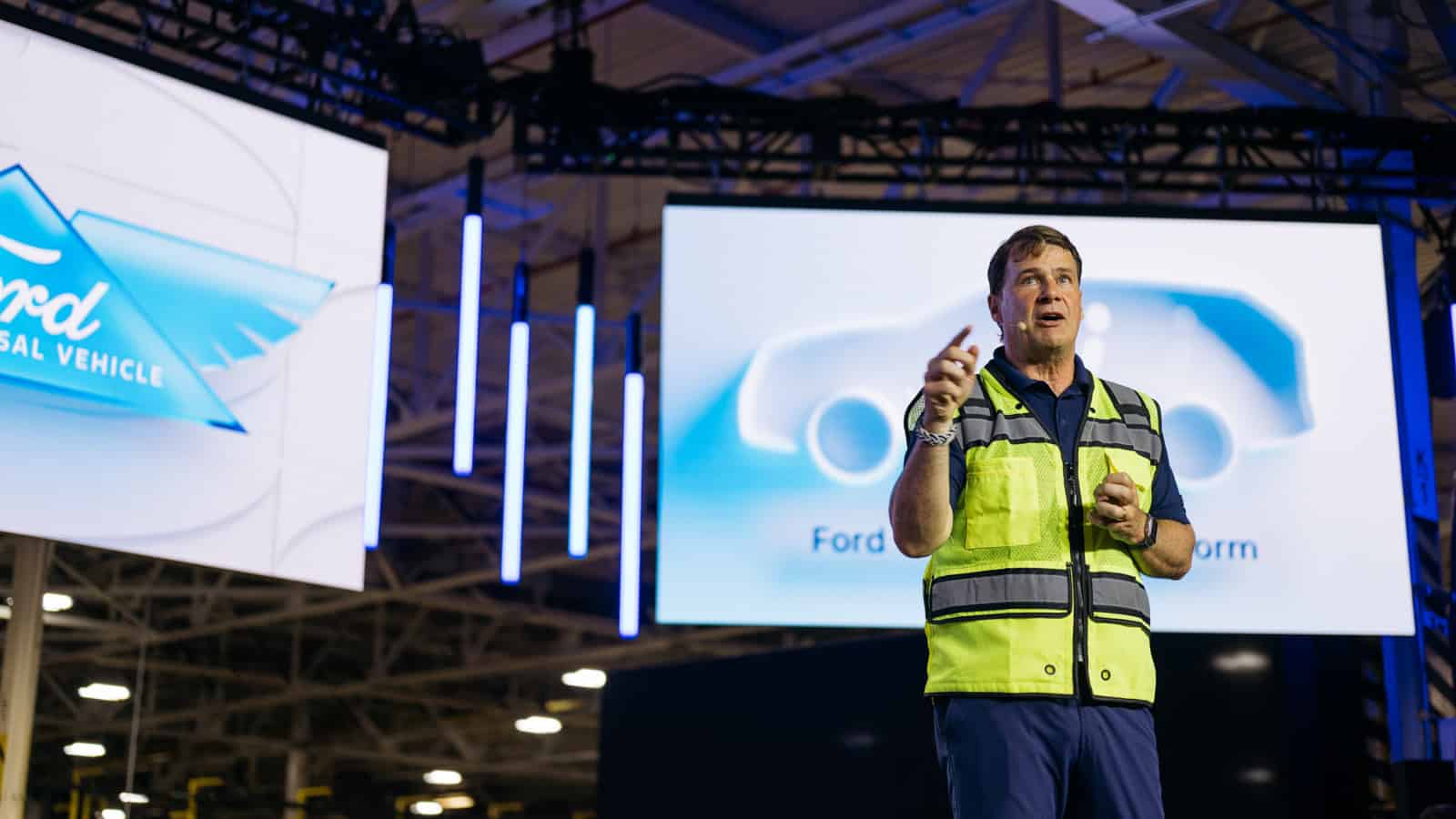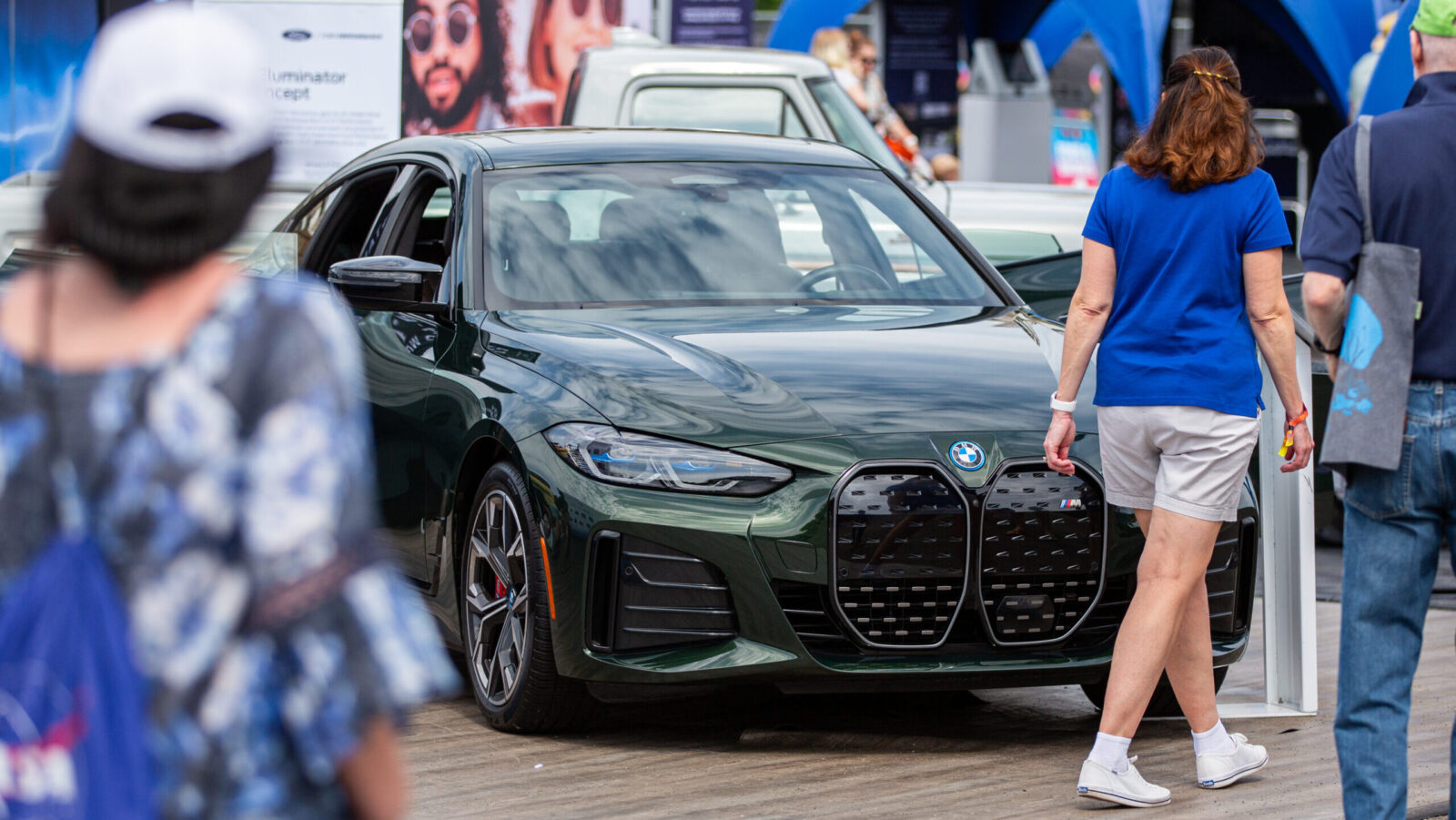- Lucid just locked in an Alaska graphite supply chain that could break China’s chokehold on EV batteries for good.
- Starting 2026, your next Lucid could be powered by natural graphite straight from Louisiana, not overseas.
- Graphite One’s new Ohio plant will pump out enough battery material for 2 million electric cars a year.
ADVERTISEMENT
Lucid’s latest move just raised eyebrows, and not in the usual way. What if I told you that the EV company behind the Lucid Air is now locking down graphite, the invisible star of battery tech?
Lucid just signed a multi‑year agreement with Graphite One for American‑sourced natural graphite, set to begin production in 2028. Combine that with their 2024 synthetic graphite deal with Graphite One, plus a 2026 pact with Syrah Resources in Louisiana, and suddenly Lucid is cultivating a US supply chain for battery anode material that could make other automakers jealous.
“A supply chain of critical materials within the United States drives our nation’s economy, increases our independence against outside factors or market dynamics, and supports our efforts to reduce the carbon footprint of our vehicles,” said Marc Winterhoff, Lucid’s Interim CEO. Think of that as shorthand for reducing reliance on volatile foreign markets and, yes, increasing American jobs.

Graphite’s essential for fast-charging EV batteries in which natural and synthetic graphite make up a large chunk of the lithium‑ion battery anode. The supply agreement with Graphite One sources natural graphite from the massive Graphite Creek deposit near Nome, Alaska, slated for 2028 production.
Graphite One is currently developing an active anode material (AAM) facility in Warren, Ohio, which is expected to begin delivering synthetic graphite around the same time.
Anthony Huston, Graphite One CEO, said, “This agreement complements the deal we struck with Lucid in 2024—which marked the first synthetic graphite agreement between a U.S. graphite developer and a U.S. EV company. We made history then—and we’re continuing to make history now”. And yes, tying natural and synthetic graphite to a single EV manufacturer is a first.
This matters for several reasons. First, sourcing graphite within the United States aligns with the requirements of the Inflation Reduction Act, which unlocks federal tax credits. That translates into real financial incentives for both Lucid and its customers.
Second, it helps decrease reliance on China, which currently accounts for over 90% of the global supply of anode materials, a concentration that creates a critical supply bottleneck.
Third, domestic projects like these bring high-performance anode materials directly to U.S. manufacturing. For example, Graphite One plans to produce up to 169,000 tons of active anode material annually at its future facility in Ohio, which is enough to support the battery needs of approximately 2 million electric cars.
ADVERTISEMENT
Now, throw Syrah Resources into the mix. Starting in 2026, Syrah will deliver natural graphite AAM from its Vidalia, Louisiana facility under a three‑year deal. That adds redundancy and helps with IRA compliance. Syrah’s plant produces ~11,250 tpa of AAM, integrating with its Mozambique operations.
In the bigger picture, Lucid is actively building a domestic U.S. EV supply chain focused on critical minerals, including natural graphite, synthetic graphite, and active anode materials. The supply chain begins with Syrah Resources providing materials in 2026, followed by a ramp-up with Graphite One starting in 2028.
By layering its sourcing strategy across multiple U.S.-based suppliers, Lucid is creating supply chain resilience and maintaining flexibility to better withstand global price volatility and geopolitical disruptions.
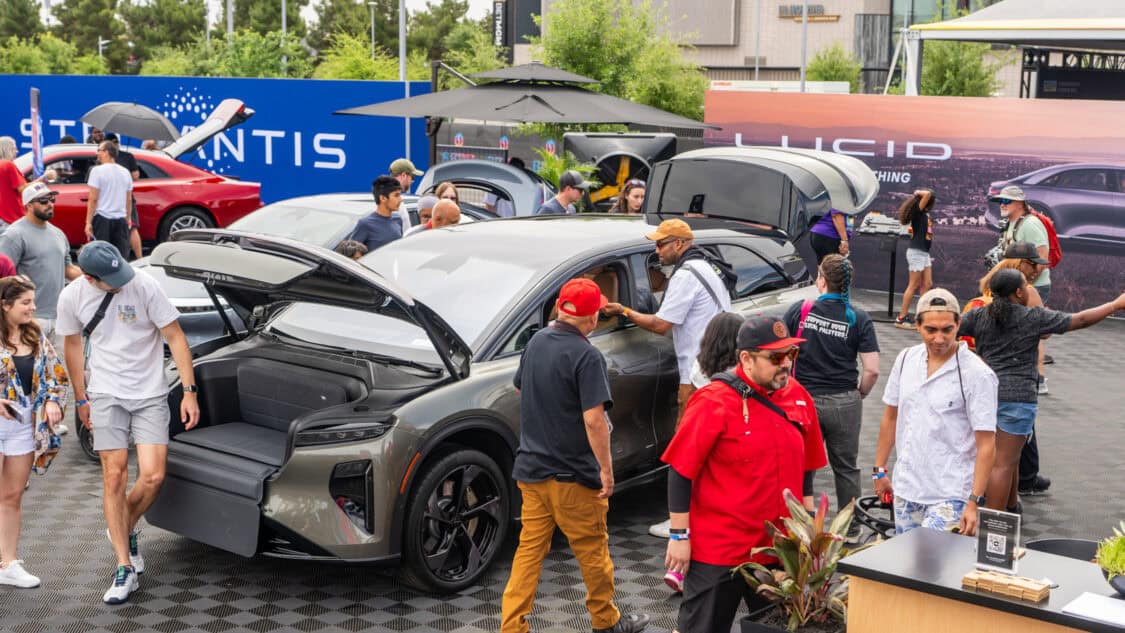
So yes, this means Lucid isn’t solely focused on building electric vehicles. The company is also prioritizing national security, economic independence, resilience in the U.S. graphite supply chain, and long-term battery performance. Tariffs on foreign graphite, tax incentives under the Inflation Reduction Act, and the Build America, Buy America plan all play a role in supporting this strategy.
Lucid is building a domestic critical mineral ecosystem that begins with natural graphite sourced from Alaska, moves through synthetic graphite production in Ohio, and continues with active anode material supplied from Louisiana. This strategy supports faster charging performance for their EVs and helps protect the company from foreign supply disruptions.
ADVERTISEMENT

IMAGES: ELECTRIFY EXPO
FTC: We use income-earning auto affiliate links. Learn more.


